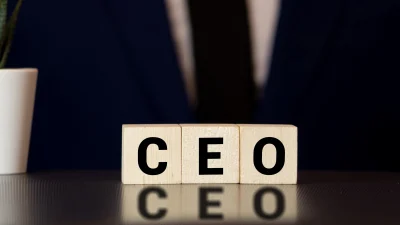Figures sow seeds of doubt
The competition between blue gum investment schemes has hotted-up with disputes over each others’ figures.
The competition between blue gum investment schemes has hotted-up with disputes over each others’ figures.
The disputes last month started when bluegum manager ITC issued a set of comparative costs between its projects and those of its competitors.
Great Southern Blue Gum Plantations (GSBGP) resorted to its lawyers to have the chart removed from the ITC Web site, ITC managing director Tony Jack told Money Management.
The initial dispute concerned returns on the project. In its sales leaflet, ITC claimed a $6,553 production cost discrepancy per hectare between the two companies.
ITC is claiming the production costs for planting blue gums in Western Australia or in the Green Triangle on the Victorian/South Australia border are $2,538 a hectare. The Great Southern figure, which was confirmed as correct by its managing director John Young, is $9,091.
Young says the reason for the difference between the figures is that GSBGP includes the land price in its cost per hectare, and that ITC’s figure doesn’t.
Both managing directors agree the land can cost up to $4000 a hectare in both those prime blue gum-growing areas.
Young says the cost of preparing the land is $2,500 per hectare, the maintenance of the plantation in the year after planting would be $500 per hectare and the management costs would be $100 per hectare.
“The rest of the figure is profit,” Young says.
Money Management sought independent figures from The Australian Bureau of Agricultural and Resource Economics (ABARE) on the cost of planting blue gums. In ABARE’s Research Report 99.11, Plantations on agricultural land, the cost of establishing blue gum plantations in Western Australia and the Green Triangle was $1,980 per hectare, with an additional $300 per hectare added in the Green Triangle for transport costs.
Jack says his company is not interested in making big profits. “We have been planting trees for 10 years and we have a good idea of the costs,” he says. “We do make a profit, but we are not making huge profits.”
Young argues that because his company runs investment schemes, the costs are higher to achieve 100 per cent returns on the land. “We also spend between $6-10 an hectare on site investigation and about 40 per cent of any land we planted is not suitable for tree cropping,” he says. “We run our planatations to remove the risk to the investor,” he says.
Recommended for you
A strong demand for core fixed income solutions has seen the Betashares Australian Composite Bond ETF surpass $1 billion in funds under management, driven by both advisers and investors.
As the end of the year approaches, two listed advice licensees have seen significant year-on-year improvement in their share price with only one firm reporting a loss since the start of 2025.
Having departed Magellan after more than 18 years, its former head of investment Gerald Stack has been appointed as chief executive of MFF Group.
With scalability becoming increasingly important for advice firms, a specialist consultant says organisational structure and strategic planning can be the biggest hurdles for those chasing growth.










